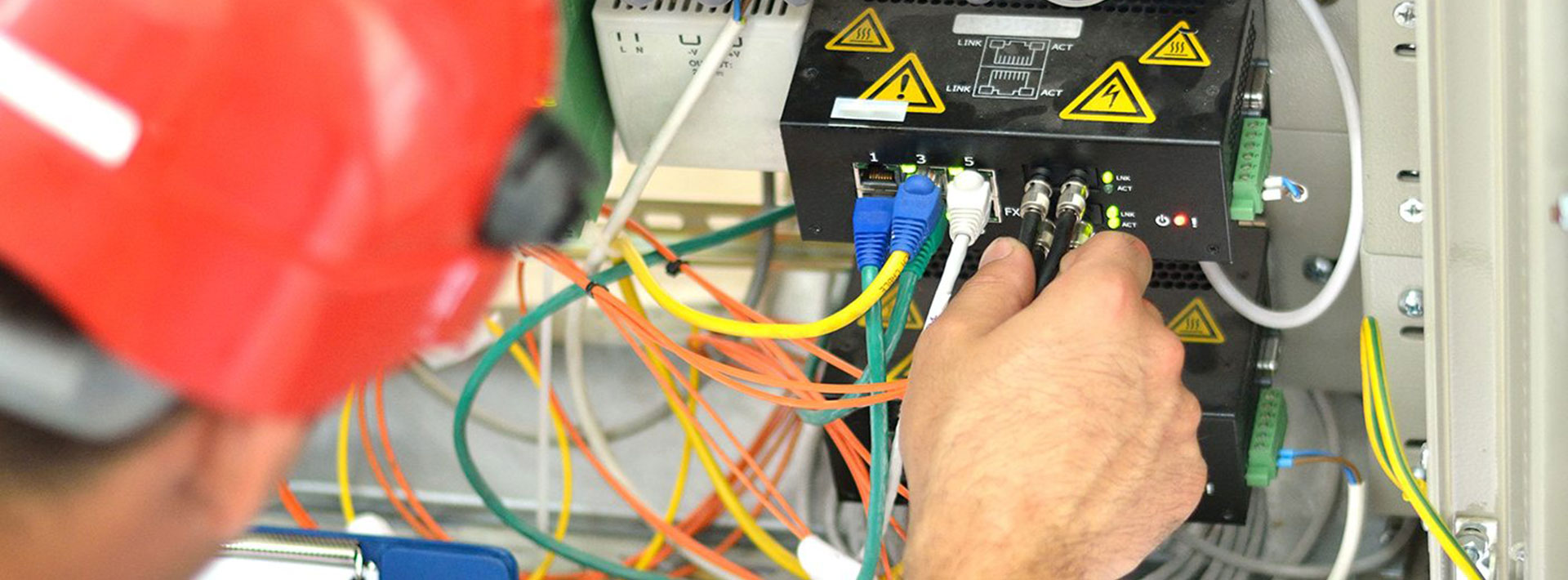




In an electrical installation, the process of connecting certain parts of this installation to the conductive surface of the earth for safety and functional purposes is called grounding. Malfunctions can occur in an electrical system at different frequencies and in different ways, and these malfunctions can damage equipment and facilities.

In many cases, life and property safety may be compromised. The majority of faults (98 percent) caused by earth faults. A small amount of faults (percent 2) are faults caused by phase faults and misuse.
Electrical energy systems without any ground connection are defined as ungrounded. These systems were considered the standard of 50 years ago. However, today there are legal regulations and standards for grounding systems.
Basically, grounding systems are an alternative way of returning electrical current to the ground in the event of a problem with the wiring system. By its very nature, electricity aims to return its electrons to earth, that is, to discharge its negative energy and return to equilibrium.
Normally, the current returns to earth from neutral wires in the electrical system. However, if these lines fail, the current may flow through wooden frames, metal pipes or combustible materials instead. This means a short circuit, ie the current flows out of the electrical wiring. This is always risky.
The following are a few standards that are grounded in the grounding tests performed by the competent authorities:
TS EN 60335 Safety requirements for electrical appliances used in households and similar
TS EN 61219 Tensile operation - Earthing or earthing and shorting equipment using earthing rods as short-circuit device
TS HD 60364-4-44 Electrical installation in buildings - Part 4: Protection for safety - Part 44: Protection against overvoltages Protection of low-voltage installations against faults between high-voltage systems and earth
TS HD 60364-4-41 ... Part 41: Protection against electric shock
TS HD 60364-5-54 ... Part 54: Selection and installation of electrical equipment, earthing arrangements and protective conductors
The application is received, the contract and then the product, vehicle and vehicles for which, what kind of service is determined exactly.
The necessary laboratory environment is prepared and the products, tools and instruments requested by the organization are tested by experts with the reference of the existing standards and measurements are made.
The data obtained as a result of meticulously completed tests, measurements and analyzes are evaluated and accredited approved reports are submitted by expert engineers.
To get an appointment, to get more detailed information or to request an evaluation, you can ask us to fill in our form and reach you.